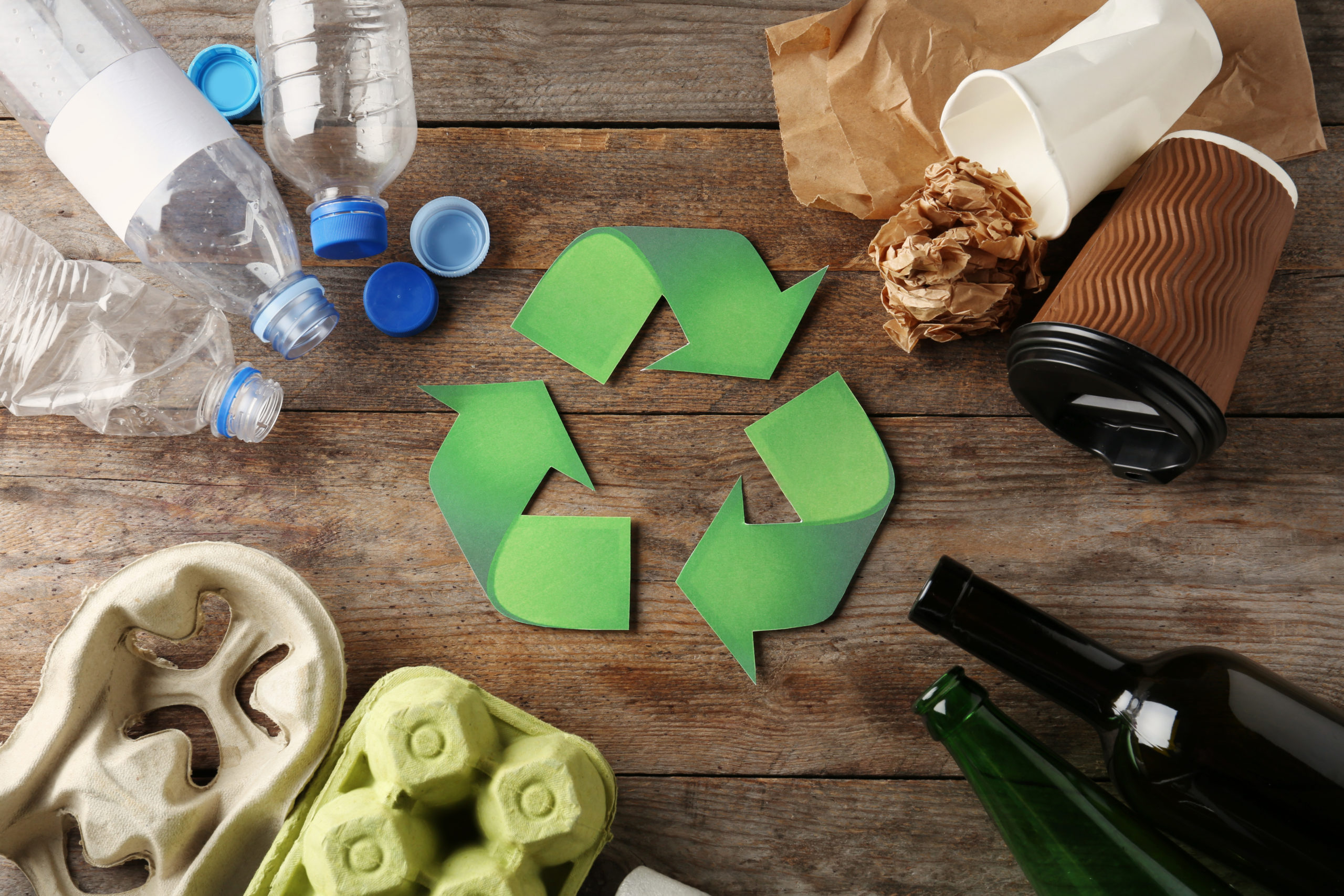Antro Säilä, the CEO of Finnish Packaging Association, agrees that the need for harmonizing regulation between countries is real: “It is important to have similar criteria for recycling for the whole EU area. For the consumer it will be good to have harmonized packaging markings to ease the sorting wherever they are.”
The Commissions proposition is based on the prevention of waste and resource efficiency. There are three key objectives:
- Reducing packaging waste by reducing the amount of packaging and preventing unnecessary packaging. Part of this is promoting reusable and refillable packaging.
- Improving closed cycles of materials by making all packaging in the EU region recyclable by the year 2030.
- Reducing the need to use natural resources by creating a viable market for recycled materials. This might also mean obligatory goals for using recycled plastics in packaging materials.
The Commissions aim is to reduce the amount of packaging waste by 15 % by the year 2040 compared to year 2018. This can be achieved by promoting reuse and recycling of packaging materials. The actions the Commission proposes will reduce the GHG (greenhouse gas) emissions to 43 million tons by the year 2030 in the packaging manufacturing industry. In addition, the amount of used water would be reduced by 1,1 million cubic meters.
Säilä says that international research data about the amount of packaging is insufficient to make such decisions: “We require actual and reliable data about where packaging is used and how many kinds of packaging there are. There is certainly a need for research on the environmental effects of packaging materials.”
Unnecessary packaging, such as single-use packaging in restaurants, is planned to be banned when consumption happens at the location.
To ensure the closed cycles of packaging materials the Commission proposes that several actions be enforced. These include creating design criteria for packaging materials, mandatory deposit return systems for plastic bottles and aluminium cans. In addition, a few packaging types will need to be compostable.
In the future, the manufacturers of plastic packaging will be required to use a certain percentage of recycled materials in new plastic packaging. So, in short, recycling will still be a key ingredient in the future.
Antro Säilä points out that forcing recycled raw materials to be used in packaging could also have unwanted results: “Though the regulation based on environmental awareness sounds like a good idea, it’s essential to remember that the packaging for foods needs to be safe for health as well. Using mechanically recycled materials can lead to severe health risks. This could be solved by using different kinds of chemical recycling, but the Commission has yet to decide if it will accept chemical recycling as part of circular economy.”
Recycling alone is not enough as a sole method to save natural resources. That is why there is also a need for reusable and refillable packaging. This raises questions about how to get the various kinds of packaging back from the consumer.
Säilä believes strongly in the willingness of the packaging industry and the consumers’ environmental awareness: “Both the industry and the consumers want to act so that it’s environmentally sustainable. However, I believe it would be more efficient to research the environmental effects of packaging and inform the public about the results than force regulation on them.”
What about biomaterials?
The manufacturing and usage of bio-based, biodegradable, and compostable packaging materials has been increasing steadily. The Commission points out that the raw materials for manufacturing need to be from sustainable resources. This means acquiring the raw materials cannot have a harmful impact on the environment, and the manufacturers are enforced to use organic waste or by-products instead of virgin materials.
To avoid green washing, the Commission proposes that manufacturers need to be more specific about the quality and number of bio-based materials in their products. In addition, biodegradable and industrially compostable materials need to be routed so that they can be further used in circular processes and their environmental worth can be evaluated.
Finnish Government’s view on the proposal
The work with the proposition is not done yet. After the Commission’s proposition the individual countries will make a formal statement simultaneously the European Parliament is preparing their position. In Finland, the Finnish Government has stated that it is important to use natural resources sustainably and make recycling easier for residents by adding pictograms on the packaging. However, it is equally important that the environmental effects of the packaging’s whole life cycle are evaluated. In addition, there is a need to re-evaluate the goals about the amount of reuse and banned packaging types. The Government also noted that the new regulation should not lead to increasing food waste. Next, the Finnish Parliament will make a formal statement about the Commission’s proposition. So, now we need to sit tight and see what is to come.
CLIC Innovation is tackling the plastics challenge with 4Recycling open innovation ecosystem. Read more and join our network here.
Author: Nina Hurme, Co-creation Coordinator, CLIC Innovation


